TED Talk of the Week: Anjan Chatterjee
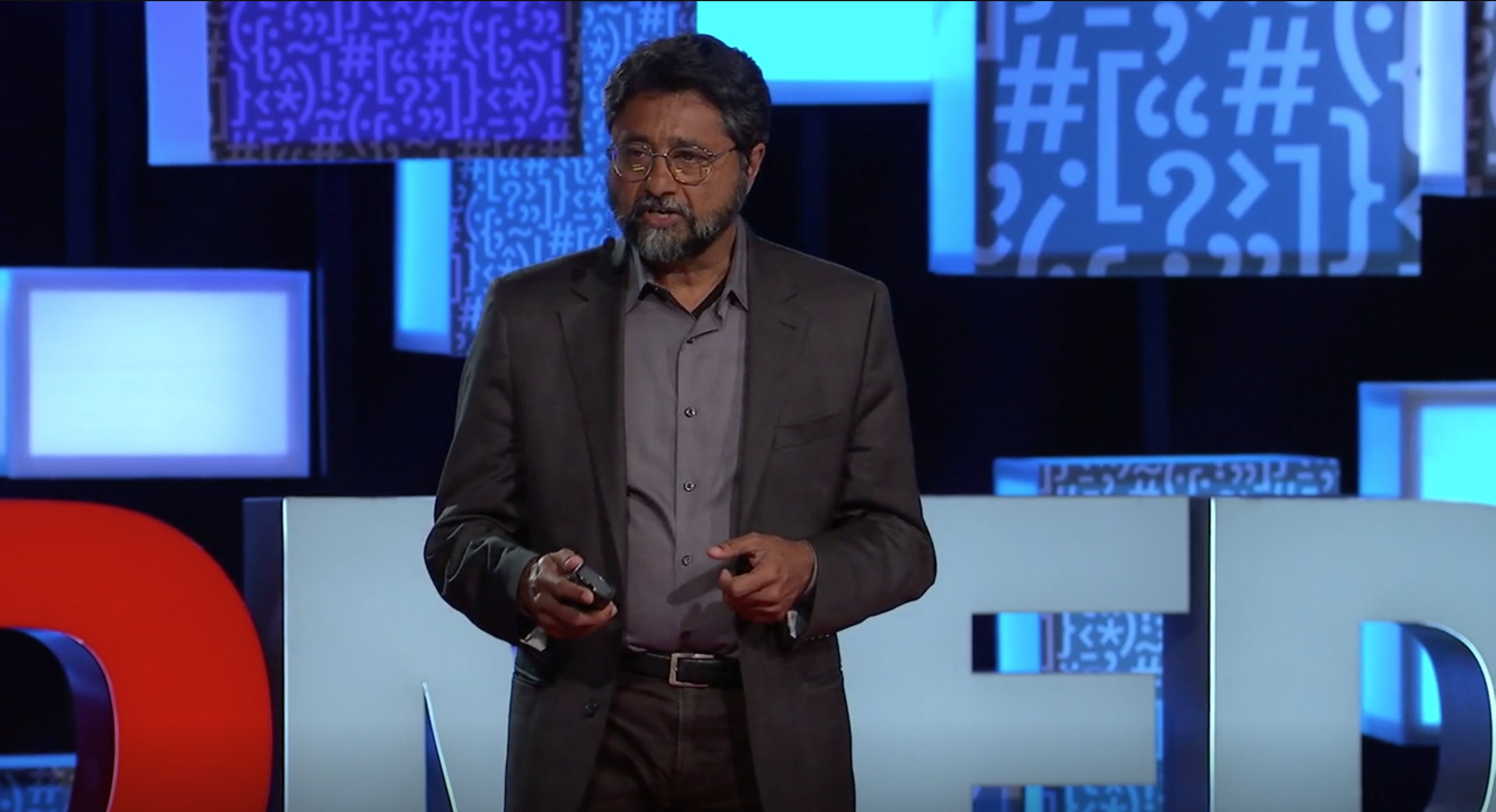
When’s the last time the pinks and purples of a beautiful sunset stopped you in your tracks? You looked up at the sky and could almost feel the beauty in front of you. Our brains are hardwired to appreciate beautiful things, which is why a piece of art, a handsome face, or even the colors of the sky affect our emotions. But why does this happen? Anjan Chatterjee dives into the brain’s processes in defining what we think of as “beauty”.
At a Glance:
The Speaker
Anjan Chatterjee is a cognitive neuroscientist and professor of Neurology at the University of Pennsylvania School of Medicine. He studies spatial cognition and neuroethics, both of which help to understand how and why we see certain objects as more beautiful than others.
The Topic
“How your brain decides what is beautiful: Anjan Chatterjee seeks to answer a tantalizing question: Why is beauty so gripping?”
As the saying goes, “beauty is in the eye of the beholder.” Or is it? In this talk, Chatterjee explains how and why humans are so inherently attracted to certain faces. He uses neuroscience and every day examples to paint the full picture of human attraction.
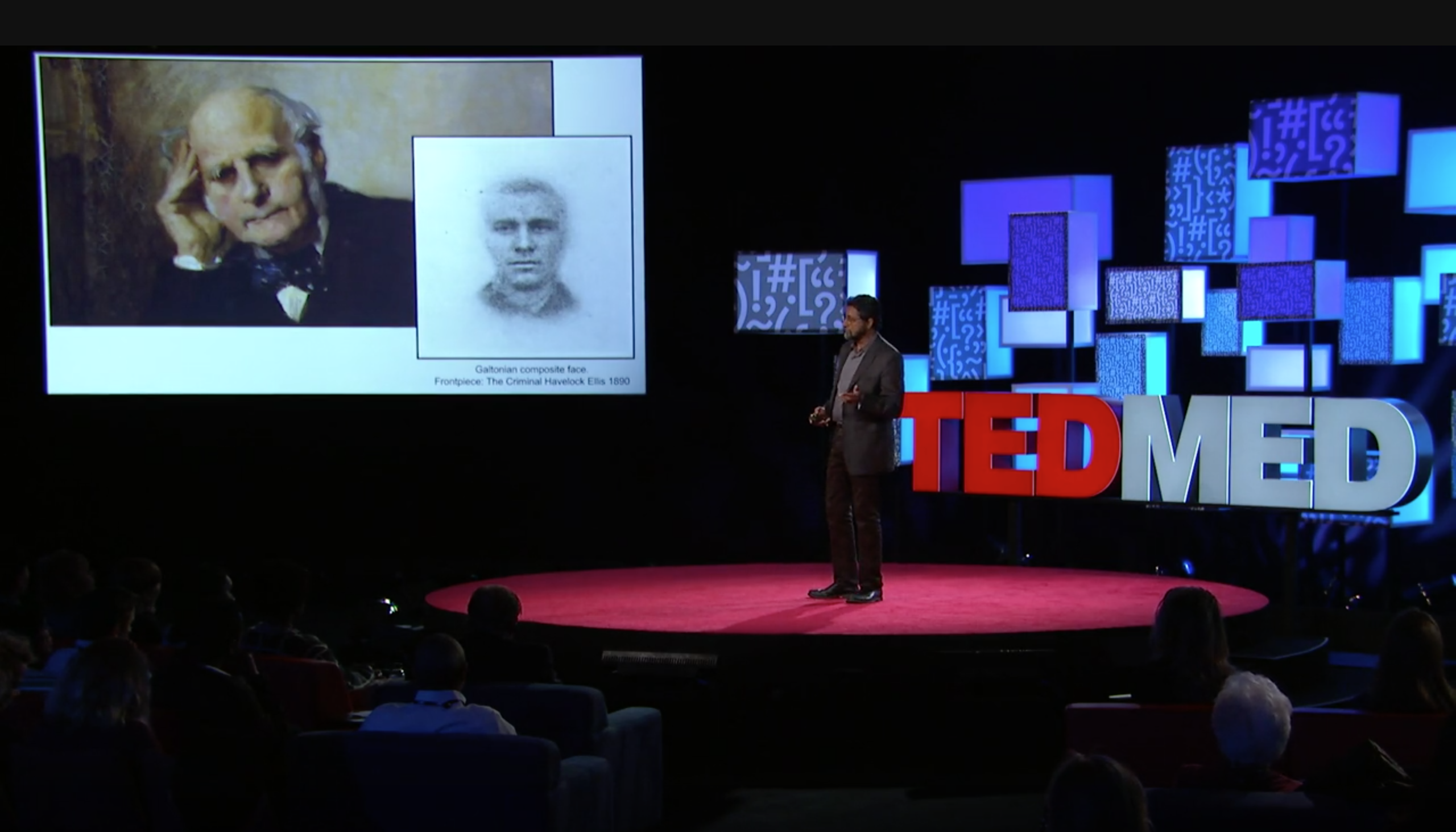
Who Should Watch and Why
Anyone who is interested in the ways of the brain, as well as anyone wondering why “love at first sight” happens. This speech is also for those interested in why we act the way we do. In under fifteen minutes, Chatterjee effortlessly explains what happens in the brain when we see something beautiful. This talk is also for the neuro-geeks out there. You’ll pick up on phrases you know and love (I’m looking at you, pre-frontal cortex), as well as learn a few more brainy terms.
Strengths of the Presentation
A big strength of this presentation was Chatterjee’s use of scientific reasoning. The talk felt like a lecture from your favorite biology professor, as his examples and neuroscience background were rock solid. By the end of the video, you’re left feeling like you’ve learned something new, interesting, and fun. Moreover, Chatterjee used solid examples and images to drive his point home. These visuals made it easier to simplify an otherwise complex topic. For instance, Chatterjee mentions that even some defects, like a peacock’s tail, are considered beautiful.
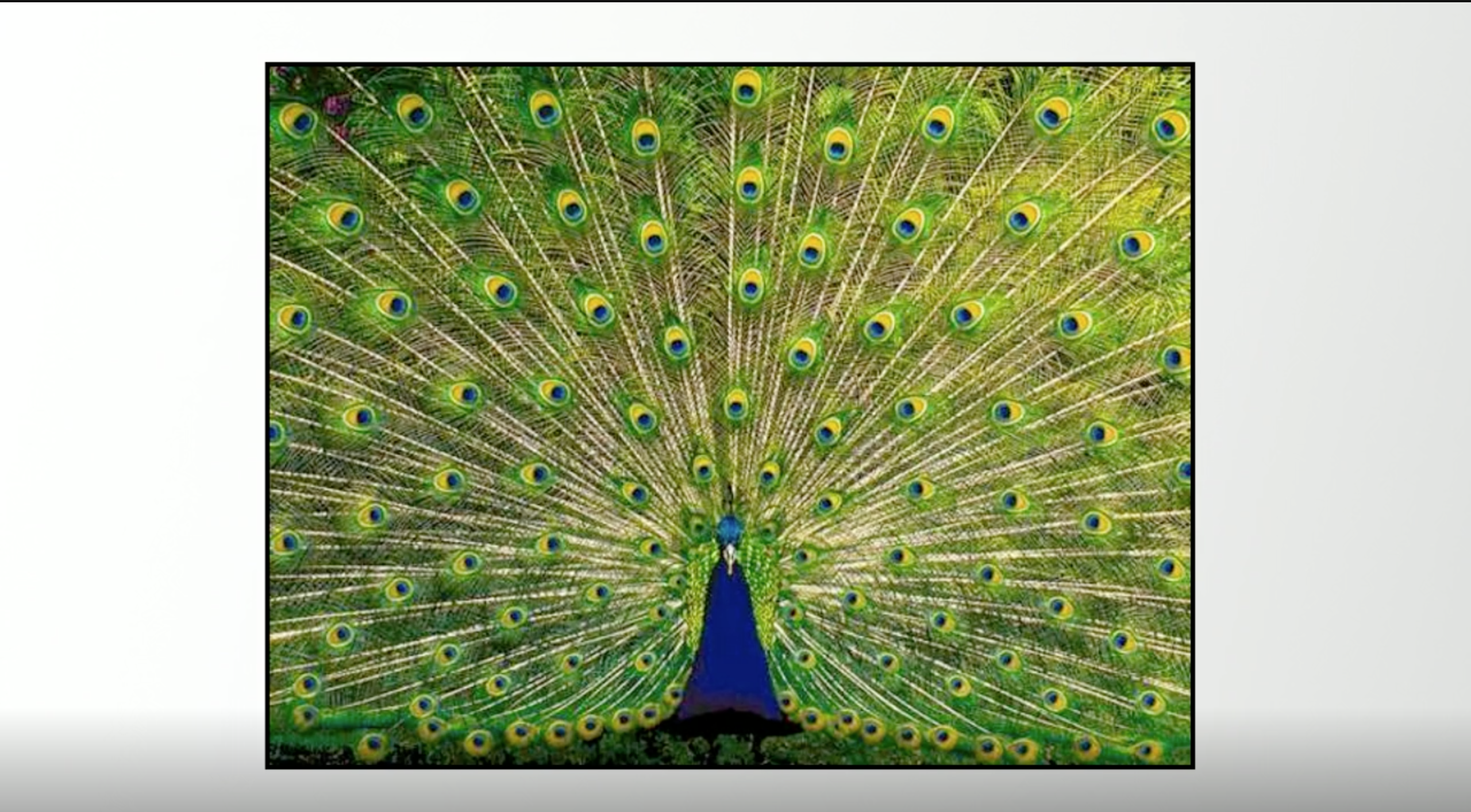
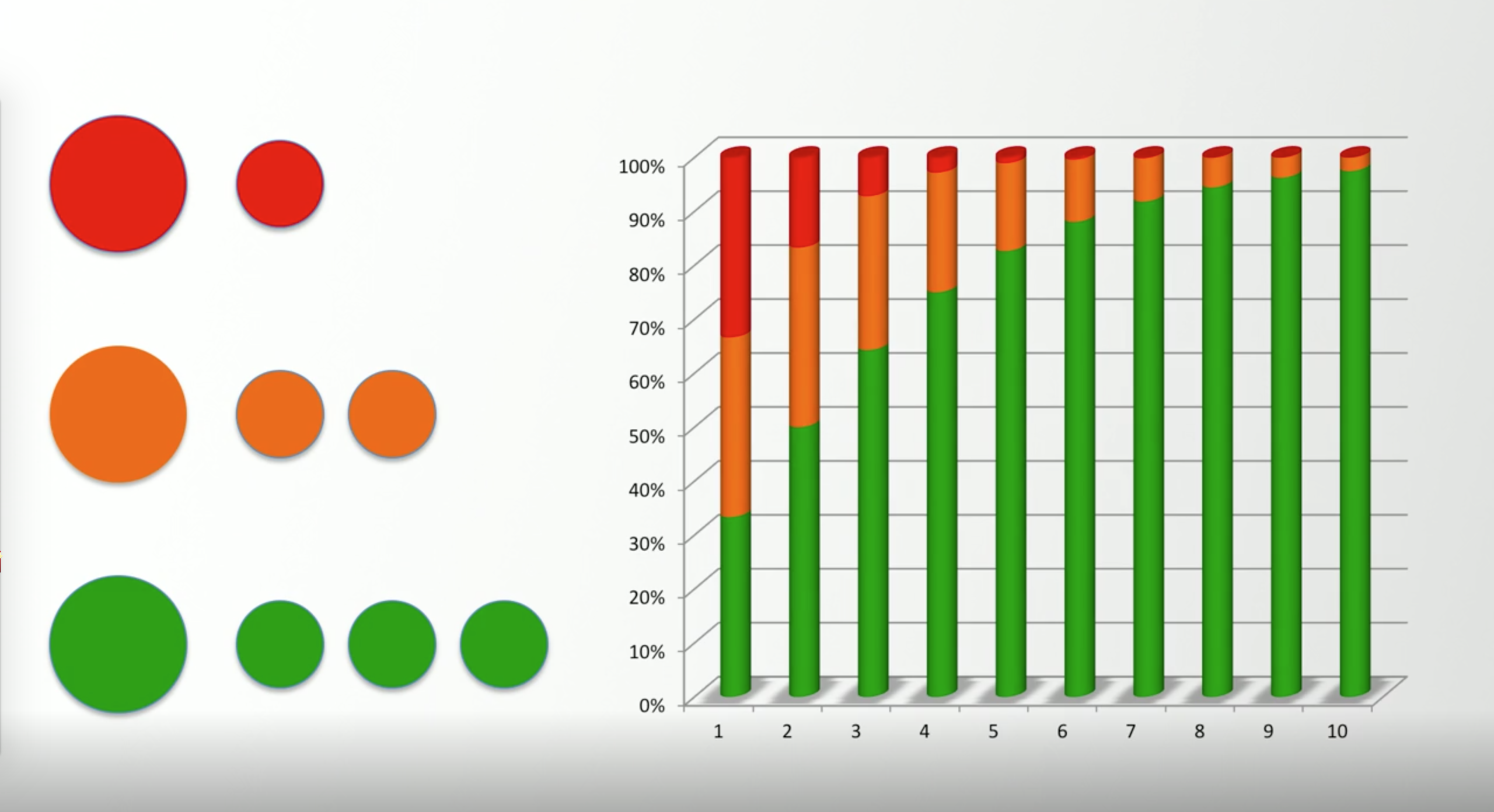
Some Practices to Avoid
There were moments when Chatterjee hesitated in his speech, and his demeanor was a bit flat. Luckily, the passion he has about this subject saved the talk from being dull. So it’s important to always bring that passion with you in your speech in order to avoid a flat-line.
Takeaways
- Strong data and examples help in making a topic more interesting.
- Being passionate about your subject will lift your presentation to a higher level.



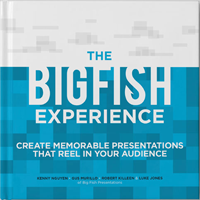
Share your opinion.